The Future of Decentralized Finance (DeFi): Opportunities and Challenges
 Jeevani Singireddy
Jeevani Singireddy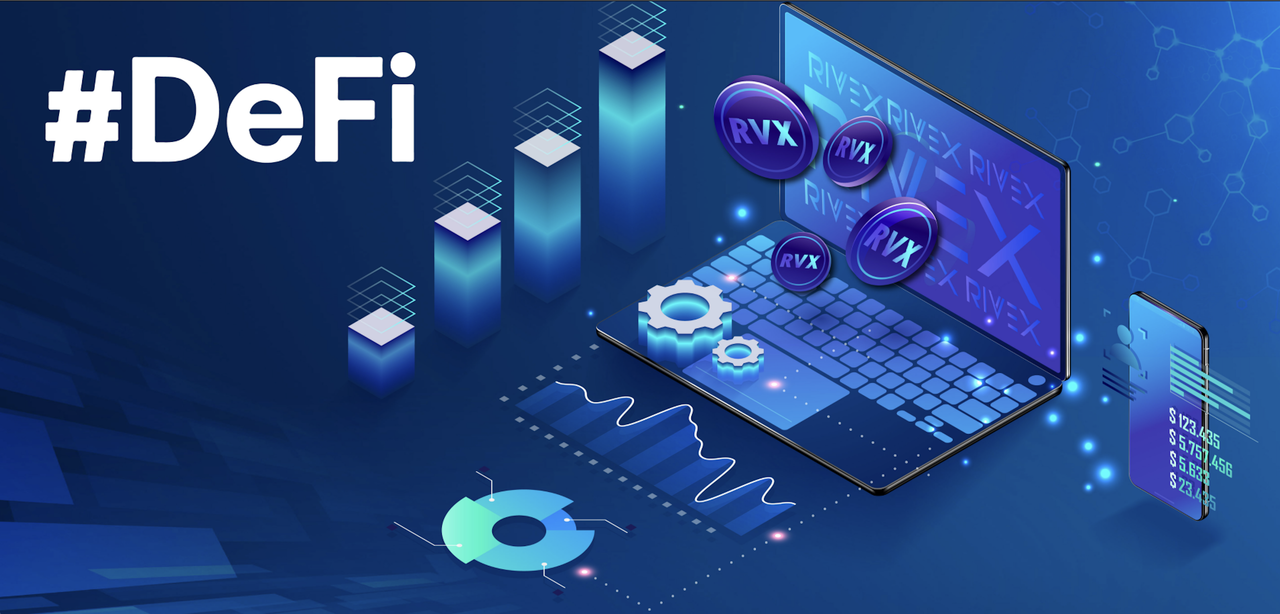
Decentralized Finance (DeFi) refers to a collection of financial services and applications that operate on blockchain networks, particularly Ethereum, without intermediaries like banks or traditional financial institutions. Since its inception in 2017, DeFi has grown rapidly, providing users with the ability to borrow, lend, trade, and earn interest on cryptocurrencies in a trust less and transparent environment. As the DeFi ecosystem continues to evolve, it presents both significant opportunities and challenges that could shape the future of finance. This research explores the key opportunities and challenges facing DeFi, with an outlook on what the future might hold for this rapidly growing sector.
Opportunities in DeFi
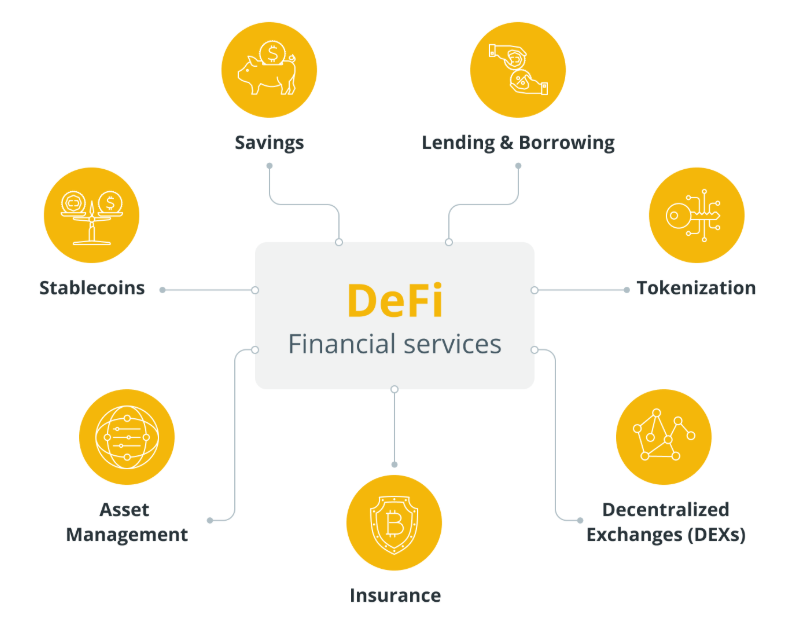
1. Financial Inclusion
One of the most significant opportunities presented by DeFi is the potential to increase financial inclusion. Over 1.7 billion people worldwide remain unbanked or underbanked, primarily due to lack of access to traditional banking infrastructure. DeFi, built on blockchain technology, offers an accessible alternative for those without access to traditional banking services. With only an internet connection and a smartphone, individuals can access DeFi platforms, participate in lending and borrowing, and earn interest, bypassing the need for a bank account or credit history.
2. Empowering Individuals
DeFi platforms are typically non-custodial, meaning users retain full control of their funds, which contrasts sharply with traditional financial systems where intermediaries hold and manage assets. This shift in control is empowering, offering users a sense of ownership over their financial decisions and assets. DeFi also eliminates geographical barriers, allowing people in regions with volatile economies to access global financial markets and secure their wealth in stable assets like stable coins or tokenized gold.
3. Transparency and Trustlessness
Transparency is a foundational principle of DeFi. Blockchain technology ensures that all transactions are publicly verifiable and immutable, reducing the potential for fraud or mismanagement of funds. The code that powers DeFi platforms is typically open-source, allowing for peer review and auditability. The trust less nature of these platforms, where participants do not need to rely on a central authority, fosters a more secure and accountable financial system. For instance, smart contracts automatically execute transactions according to predefined rules, eliminating human error and malicious interference.
EQ.1. Yield Farming (Annual Percentage Yield or APY):
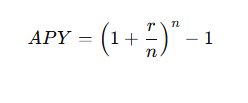
4. Innovation and New Financial Products
DeFi has introduced a variety of innovative financial products and services that were previously unavailable in traditional finance. Yield farming, liquidity mining, and decentralized exchanges (DEXs) are just a few examples of new products that allow users to earn rewards by participating in the DeFi ecosystem. Furthermore, DeFi has the potential to improve on traditional financial products like insurance, derivatives, and securities, creating new markets that are more efficient, transparent, and decentralized.
5. Potential for Interoperability
As more blockchains develop their own DeFi ecosystems, interoperability between them could unlock new possibilities. Cross-chain technologies, such as wrapped tokens and bridges, allow assets to flow between different blockchain networks, expanding the reach and liquidity of DeFi platforms. Interoperability could reduce fragmentation within the DeFi space and provide users with a more unified experience, creating a broader and more inclusive financial ecosystem.
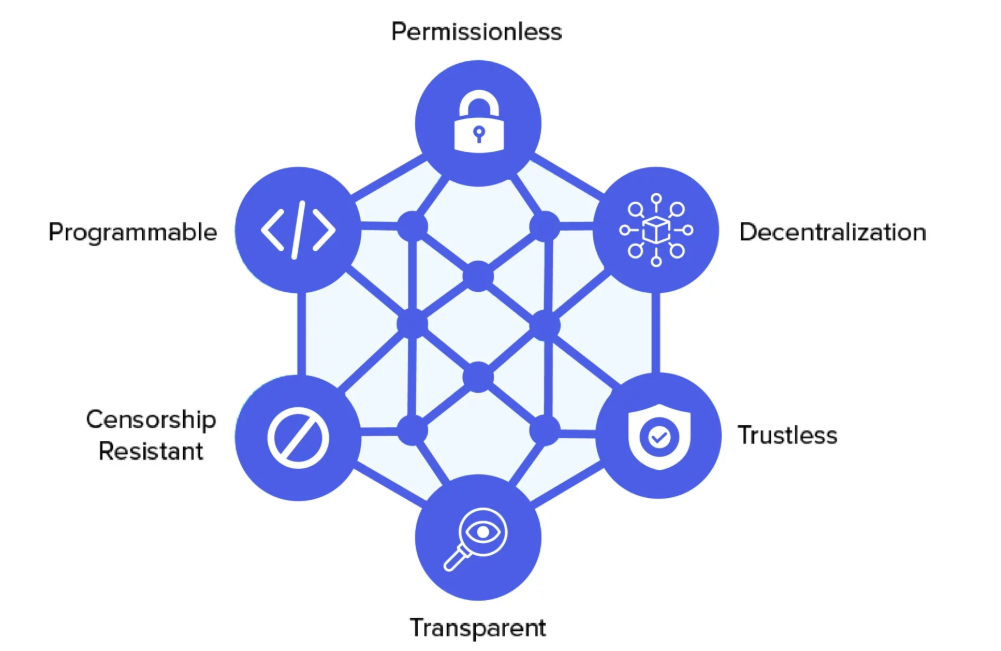
Challenges in DeFi
1. Regulatory Uncertainty
Despite its potential, the DeFi sector is still grappling with significant regulatory uncertainty. Governments and financial regulators are struggling to understand how to approach DeFi in a way that balances innovation with consumer protection. As DeFi platforms operate outside the scope of traditional financial regulations, they risk being subjected to sudden, unpredictable regulatory interventions. This uncertainty could stifle innovation, as developers and investors may be hesitant to participate in an ecosystem that lacks clear legal guidelines. Regulatory clarity is essential to ensure that DeFi can thrive within an acceptable legal framework.
2. Security Risks
While blockchain technology is inherently secure, DeFi platforms are not immune to vulnerabilities. Smart contract bugs, hacking attacks, and exploits are common in the DeFi space. For example, in 2020 alone, DeFi protocols lost over $100 million due to security breaches and attacks. Since users retain control over their funds, they are also responsible for protecting them. If a user loses their private keys or falls victim to phishing, there is no recourse. Moreover, many DeFi platforms rely on unaudited or poorly written smart contracts, which can result in significant losses. The challenge lies in ensuring that DeFi platforms are secure and resilient to such risks.
3. Scalability and Network Congestion
Scalability remains a major concern for DeFi, particularly for platforms built on Ethereum. As DeFi platforms grow in popularity, Ethereum's network congestion increases, leading to slower transaction speeds and higher fees. This problem is exacerbated during times of high demand, such as during market volatility. Although solutions like Ethereum 2.0 and layer-2 scaling solutions (e.g., Optimism, Arbitrum) are being developed to address scalability issues, it remains to be seen whether these solutions can handle the massive increase in traffic expected as DeFi grows.
EQ.2. Liquidity Mining Reward Calculation:

4. High Gas Fees
Gas fees, which are transaction fees paid to miners or validators for processing transactions on the blockchain, have been a significant hurdle for DeFi. On the Ethereum network, these fees can become prohibitively high during periods of network congestion, making it expensive for users to interact with DeFi platforms. For smaller transactions, the gas fees can outweigh any potential profits, deterring less wealthy users from participating in the ecosystem. DeFi protocols built on Ethereum must address these issues to remain competitive, especially as other blockchain platforms with lower fees gain traction.
5. User Experience and Education
While DeFi presents immense opportunities, it is still a complex and technical space. Most DeFi platforms require users to have a certain level of blockchain knowledge and familiarity with cryptocurrency wallets, private keys, and decentralized applications (dApps). For the broader population to adopt DeFi, user experience must improve, and education efforts must be ramped up to reduce the barriers to entry. DeFi's current user interface and experience can be intimidating for non-technical individuals, limiting its accessibility to the general public.
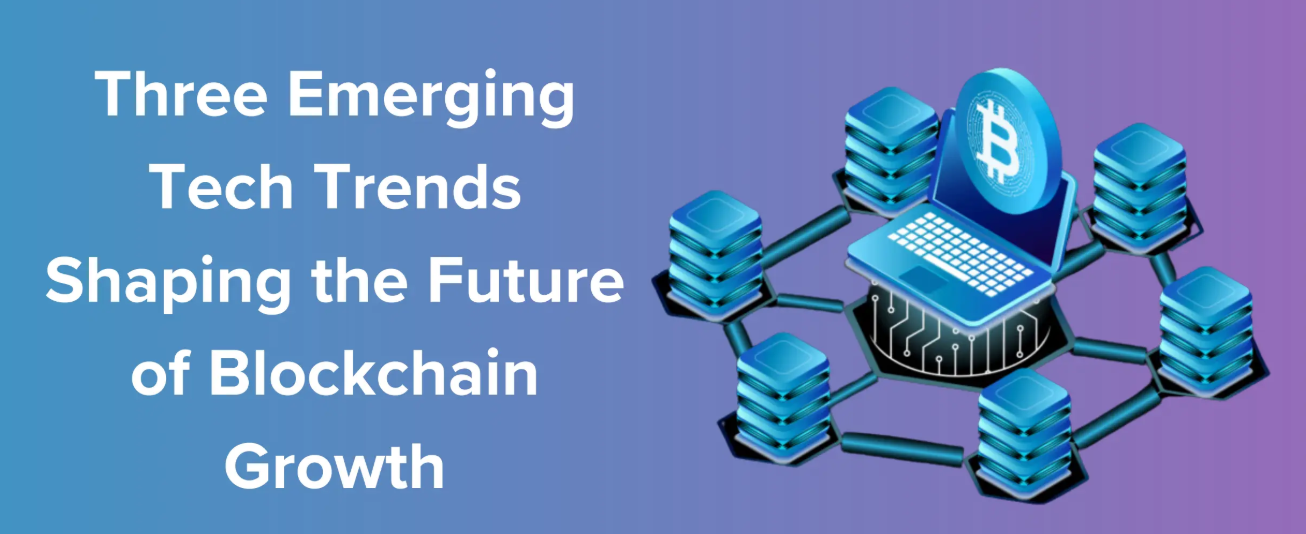
Conclusion
The future of DeFi holds tremendous promise, from increasing financial inclusion to offering innovative financial products. However, the sector must navigate significant challenges, including regulatory uncertainty, security risks, scalability issues, and high transaction fees. As the DeFi ecosystem matures, these challenges will need to be addressed in order for it to reach its full potential. With advancements in technology, regulatory clarity, and improved user experiences, DeFi could reshape the global financial landscape, providing a more inclusive, transparent, and efficient alternative to traditional finance. The next few years will likely be crucial in determining whether DeFi can overcome its challenges and fully realize its transformative potential.
Subscribe to my newsletter
Read articles from Jeevani Singireddy directly inside your inbox. Subscribe to the newsletter, and don't miss out.
Written by
